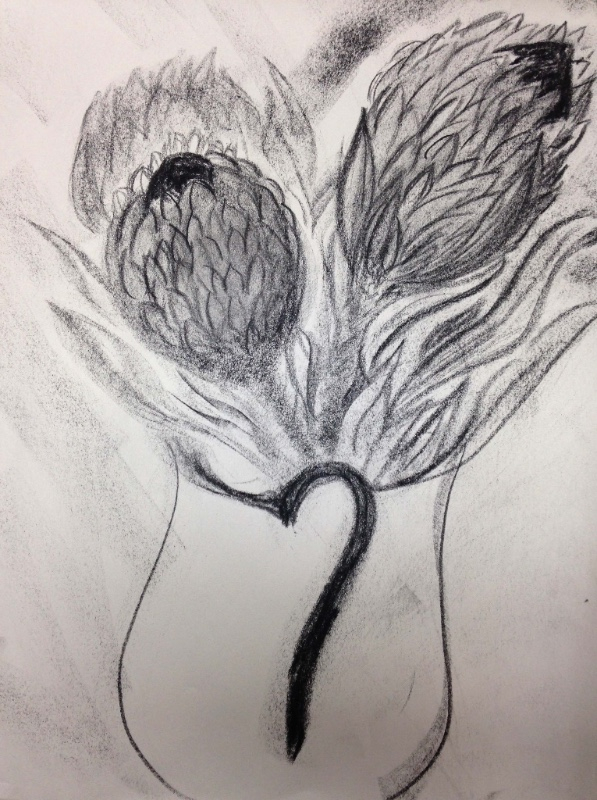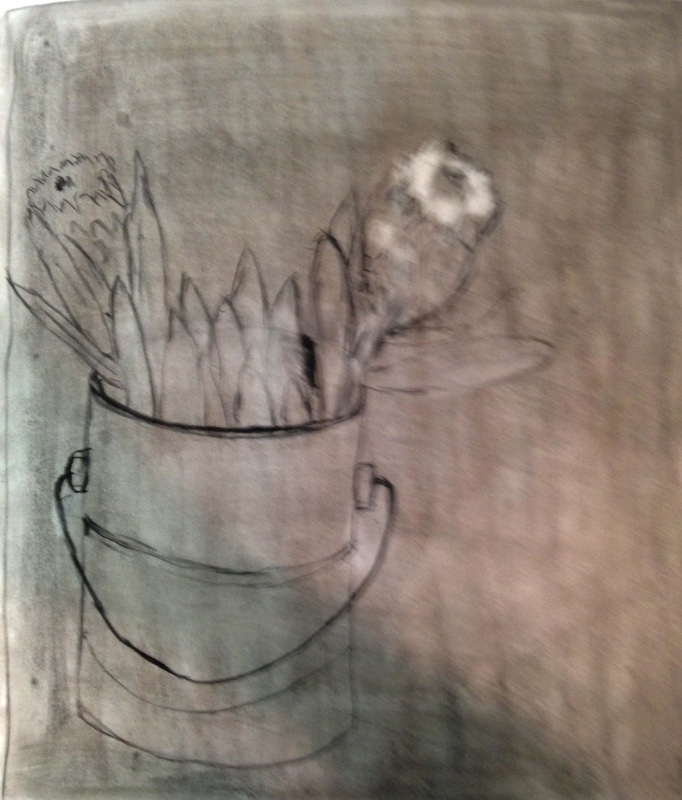Every drawing should tell a story, the tale of the looking, the seeing, and the making. It should be the creation of a problem solved, whereby the viewer is offered a glimpse of the problem and the journey and story of its solution.
What is displayed as an important quality of the drawing and available for all to see, is the nature, character, personality, and style of the person that made it. It is not an exaggeration to say that the drawing is as much about the artist as it is about what is being drawn, and it may on occasions tell you more about the artist's state of mind, level of understanding, etc., than it does about their subject matter.
O young artist, you search for a subject -- everything is a subject. Your subject is yourself, your impressions, your emotions in the presence of nature. Eugene Delacroix
A selection of drawings
In class this week my drawing students practiced shifting between the free and controlled hand. The free hand makes the quick "feeling" strokes in response to the subject. The control hand makes refinements and consolidated territory. The "subject" was a vase of flowers. Students were asked to begin with a free hand gesture sketch of the entire subject and then, using the control grip, to delineate certain areas further. Most students found it harder to risk leaving some areas loose and undeveloped. Here are drawings from my Wednesday class.
Jim Dine -- We looked at Dine's work during class and talked about his mark-making.
Eugene Delacroix -- A great example of using the free and control hand in combination.







